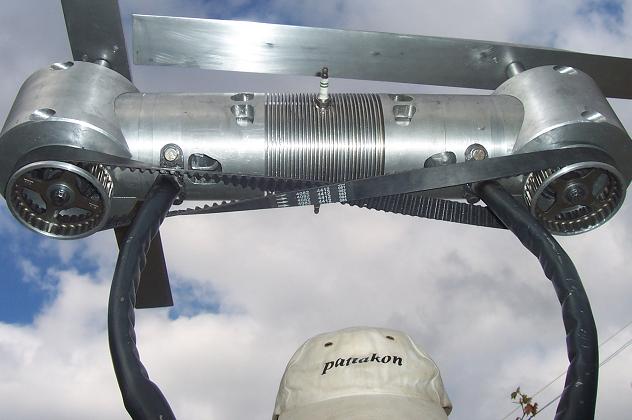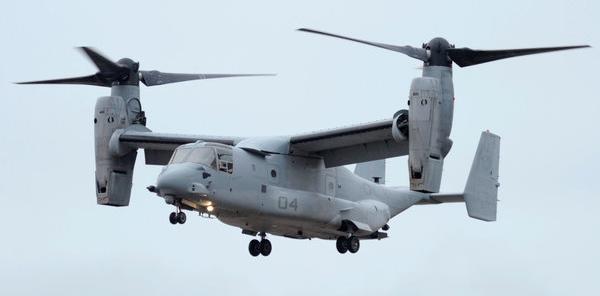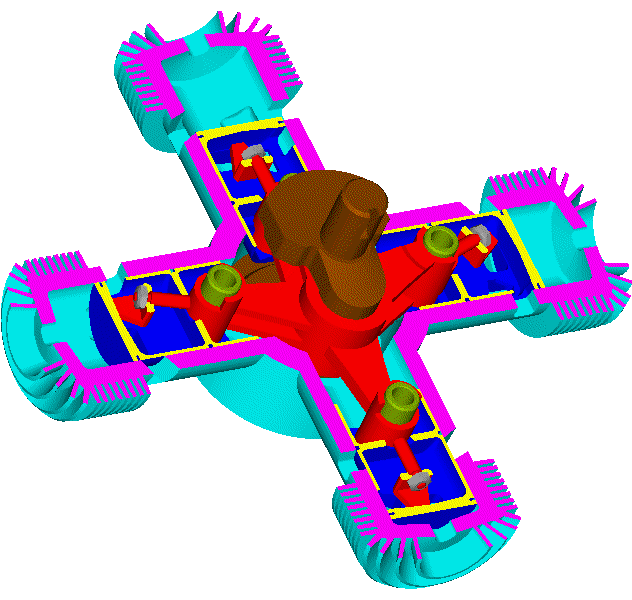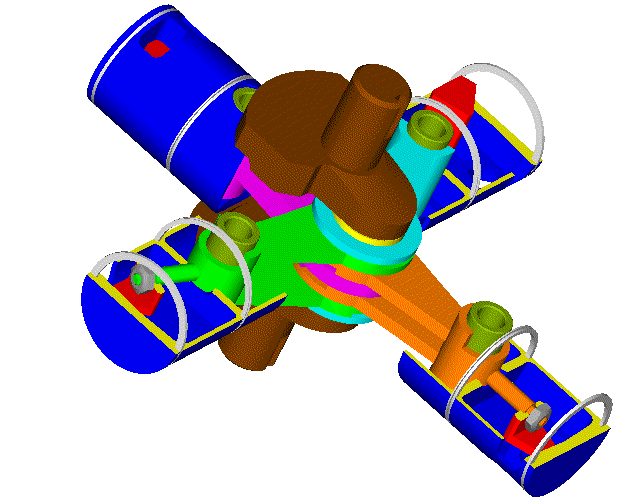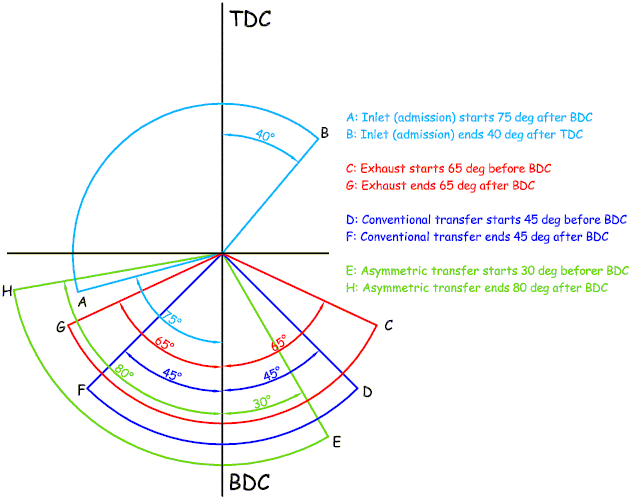They said the same about the Chinook and I refuse to fly in that as well.
Another ancient concept based on the Bristol Belvedere.
Complex gearing and the reliance on powered rotors to remain aloft result in an inability to autorotate under 500ft.
The results of almost any mechanical failure are fatal.
No ifs or buts fatal.
http://en.wikipedia.org/wiki/Accidents_ ... -22_Osprey
Check out the 'British' Fairey Rotodyne that the Americans forced us to scrap.
A far superior aviation concept that was much safer, a modern version would have a far better performance than the Osprey.
The Rotodyne had NO complex gearing and was safe at any height.
A modern version would replace the C130, the Chinook and make a next generation gunship.
Same with that dog the Lockheed F35, already over five years obsolete and inferior in simulations to anything out there it will meet in combat and it STILL doesnt work.
We are now stuck with two through deck carriers with no catapults, no angled flight decks that will only be able to operate helicopters.
So dont sing the praises of the Osprey it is a death machine.
I am just surprised that Rolls Royce make the engines for the Osprey, they refused to make engines for the F35 because the front turbine was designed to drive the forward lift fan which limits the engine to just nine vertical take offs before a complete rebuild, a dog of an aircraft.
American aviation is still 50 years out of date.
It stopped developing when they ran out of WW2 German and British stolen ideas.
Using such ideas from over 50 years ago for VTOL and modernising them simply does not work properly.
As has often been said, 'You can make a brick sh-- house fly if you give it enough thrust', that will not give you a new aviation concept.

